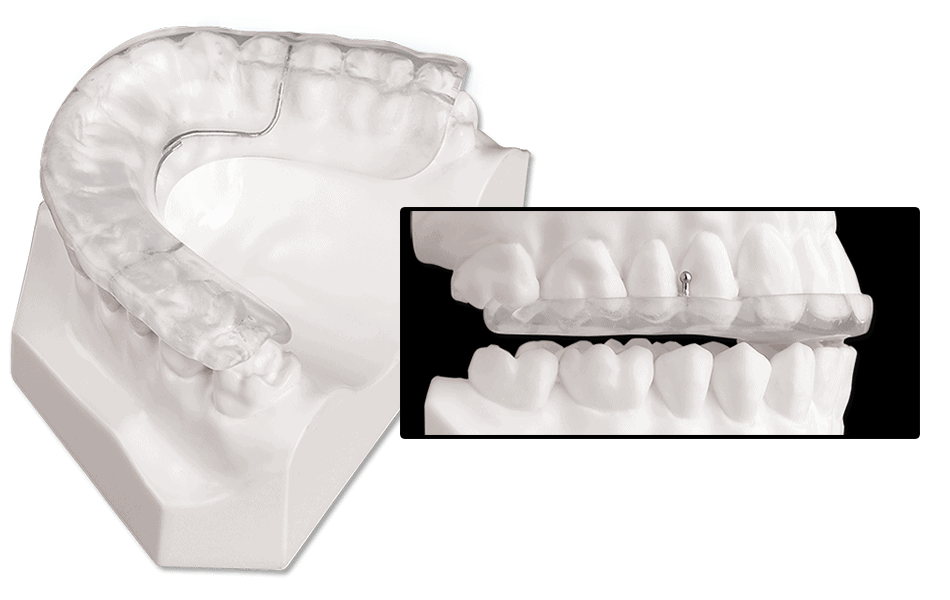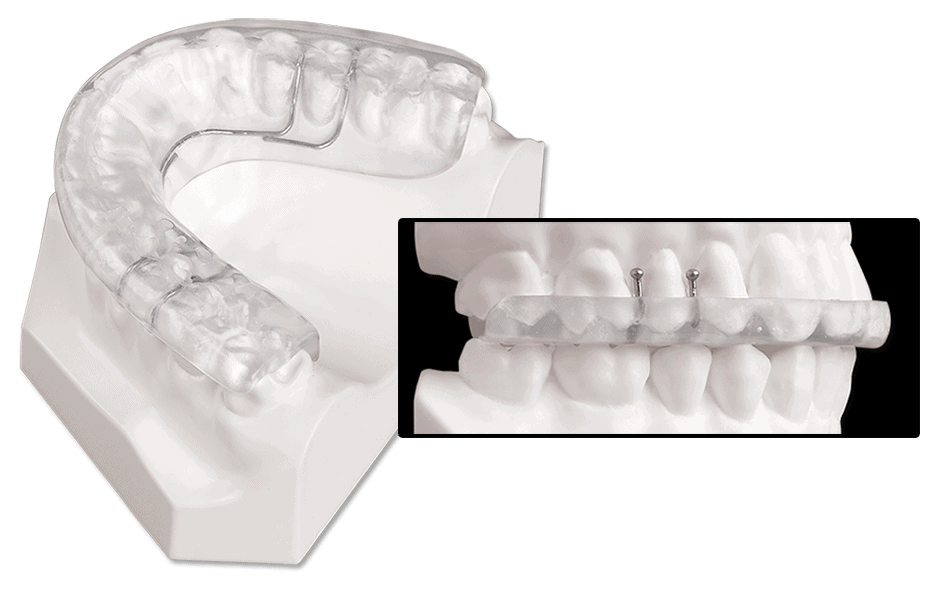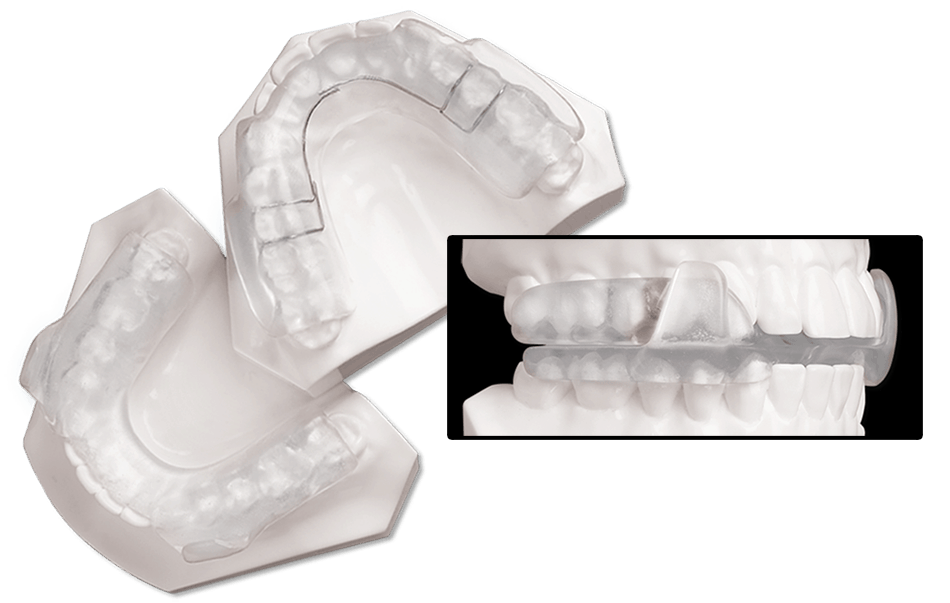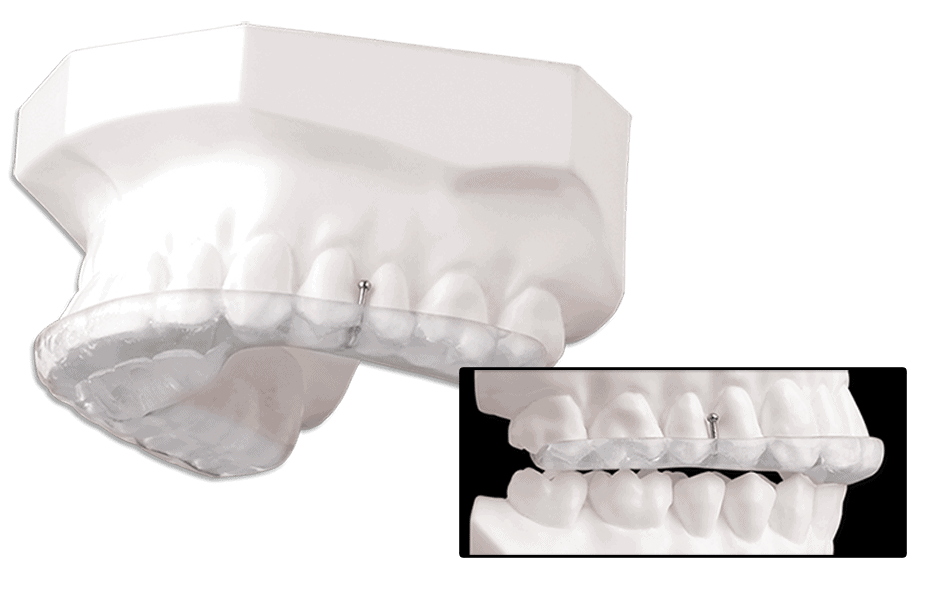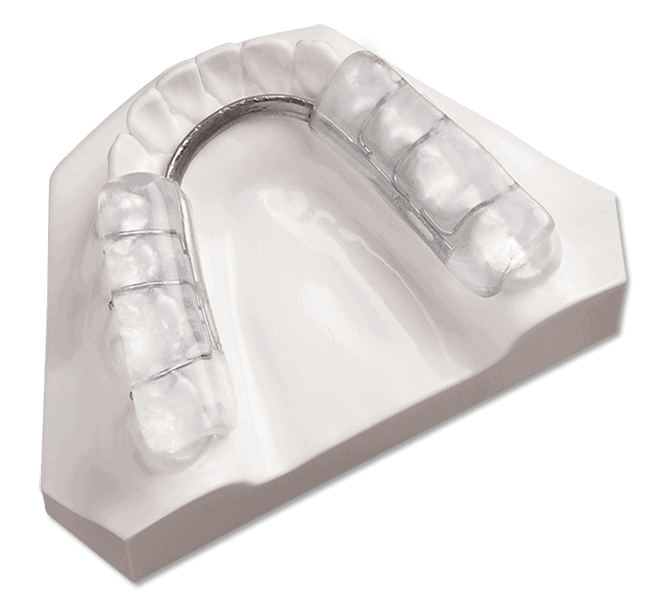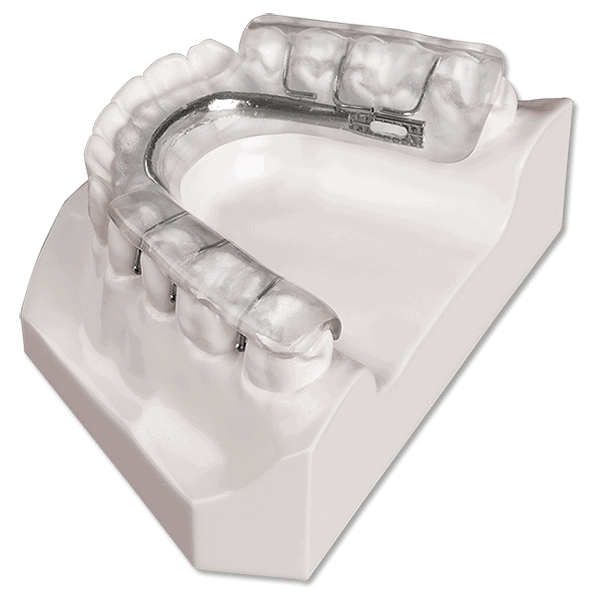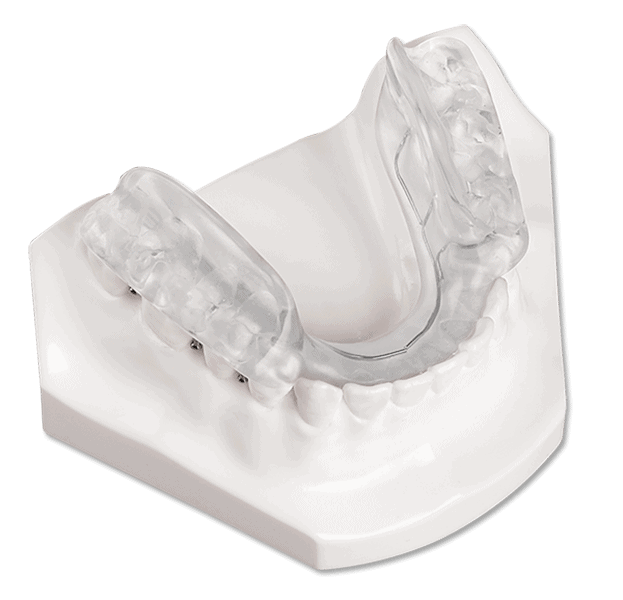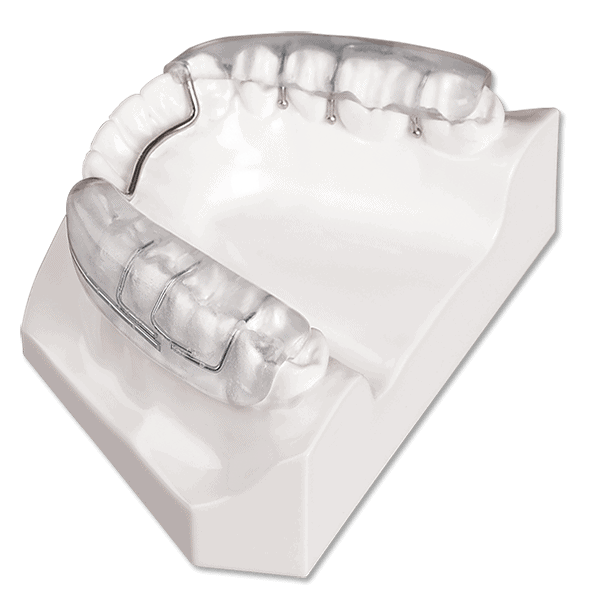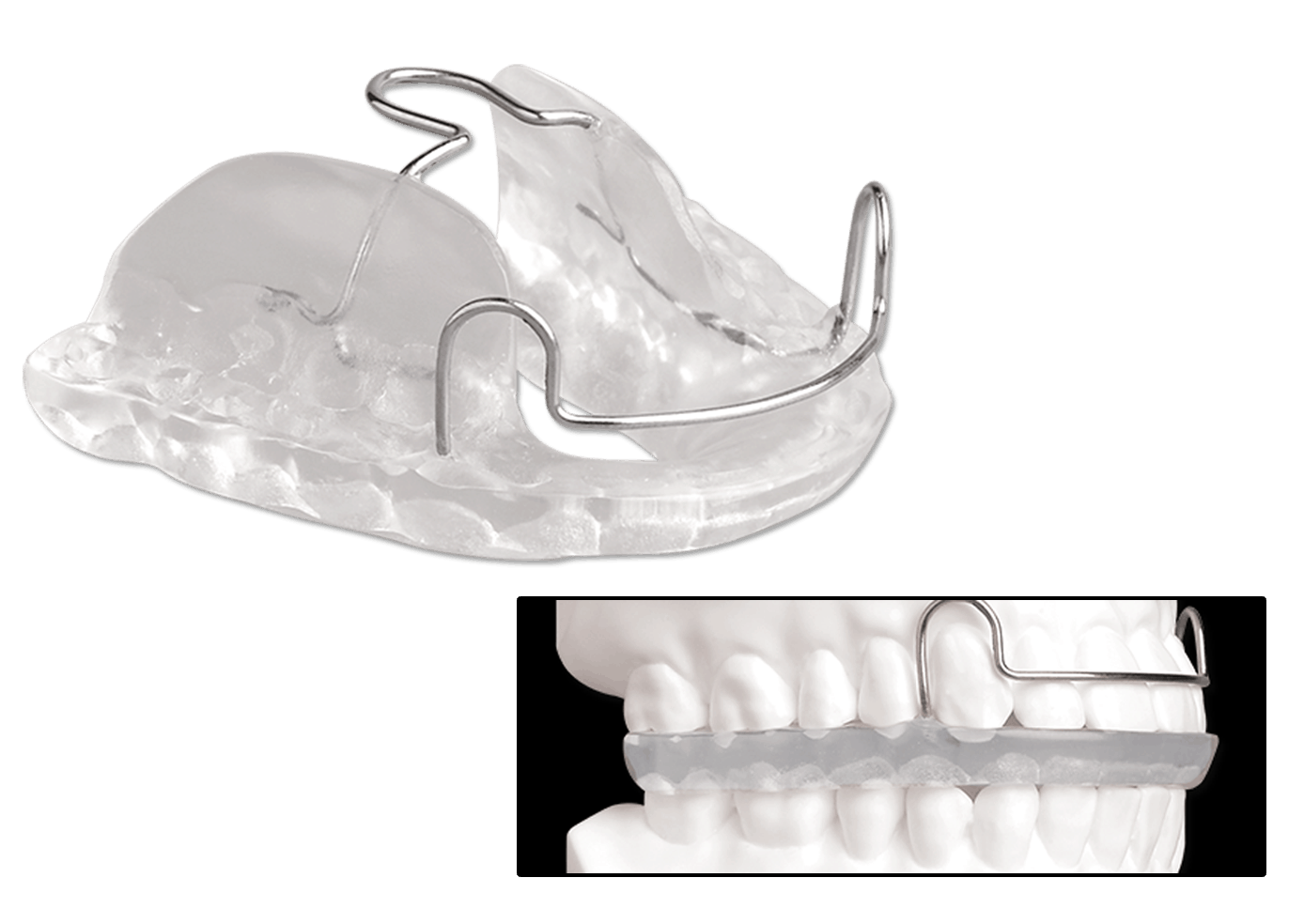
Orthopedic Splints
DynaFlex® has over 45 years of experience fabricating orthopedic splints. DynaFlex® is experienced at constructing a variety of splints custom made to the specific needs of your patient. The splints pictured below are some of the more commonly requested designs used to treat TMJ dysfunction. Additional splint designs are available upon request.
Sending in a Case: Send accurate maxillary and mandibular working models from high quality alginate impressions. To guarantee “best fit” the impressions should be poured immediately. For proper appliance fabrication include a wax bite to the desired vertical opening and mandibular advanced position.
DynaFlex® Printed Splints
Option 1
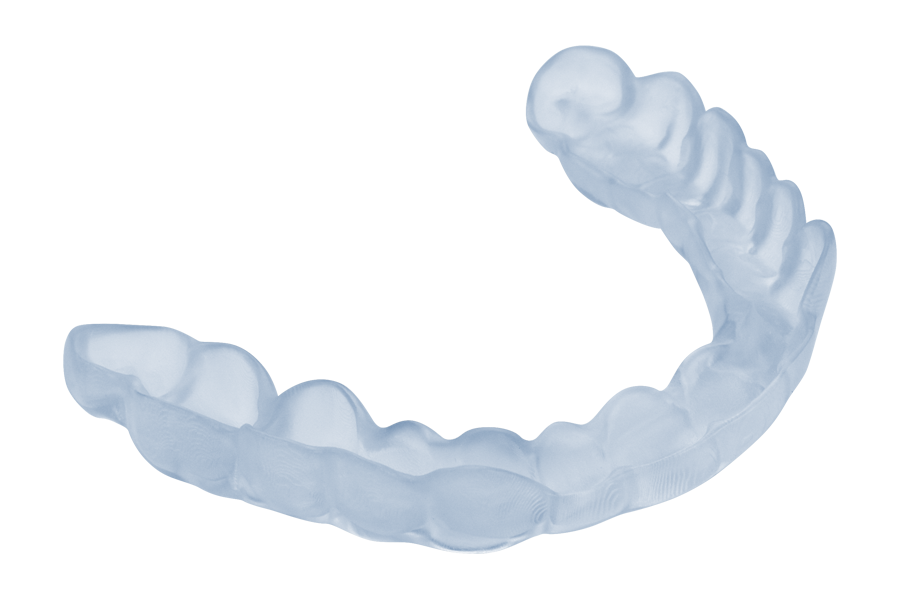
The DynaFlex® Printed Splints use a thermal material that is strong, but flexible. These splints are tough enough for your bruxism patients while offering the flexibility and softness your patients demand.
DynaFlex® Milled Splints
Option 2
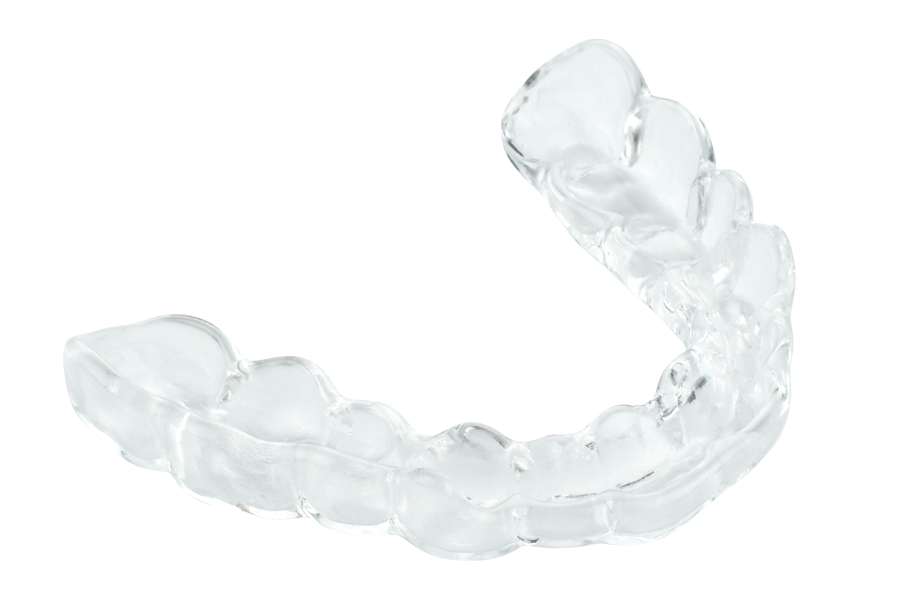
The DynaFlex® Milled Splints give you the greatest durability. The appliances are fabricated in our 5-axis milling machines for incredible fit and precision. The appliance is designed using the latest in CAD/CAM software. This is a terrific choice on patients who require a very thin appliance without clasping.
Maxillary Anterior Deprogrammer
Full coverage splint most often used for clenching and bruxing problems. A flat platform lingual to the upper incisors is designed to provide contact with the lower incisors. The lower posterior teeth are held out of occlusion which differentiates this splint from a maxillary flat plane splint.
Maxillary Flat Plane
Upper splint designed to have all lower teeth to strike evenly. This splint is commonly designed to include cuspid disclusion or anterior guidance. It is most commonly used as a traditional night guard for occlusion related problems.
Dorsal Splint
A nighttime splint designed to provide aggressive mandibular repositioning. The Dorsal fin on the mandibular appliance interfaces with the maxillary appliance preventing the lower jaw from retruding during sleep. This appliance is most often fabricated out of a dual laminate material, but can also be fabricated with traditional acrylic.
Farrar Splint
Farrar Splint, often referred to as a maxillary repositioning splint, utilizes an aggressive incline plane lingual to the incisors to force the mandible into a protrusive position. This splint can be fabricated with or without posterior support depending upon personal preferences. This is a very common nighttime appliance.
Gelb
A traditional lower diagnostic splint. Most commonly used to establish proper vertical dimension with slight to moderate anterior repositioning. The amount of repositioning dictates how heavily indexed the posterior bite pads become.
Modified Gelb
Most popular splint similar to Gelb splint with the addition of anterior acrylic for additional support.
Pull Forward Splint
Mandibular splint designed to aggressively reposition the lower jaw to a down and forward position. The lingual flange or acrylic helps guide the mandible to a specific position. These flanges also help prevent lateral movements, and are generally reduced over time as the patient becomes comfortable in the new position.
Tanner
Popular lower splint that includes both posterior support as well as an anterior cap of acrylic. This cap is a common addition on patients who will wear this splint for an extended period of time.
Luco
Lower splint fabricated on the buccal as opposed to the lingual. This is a patient friendly splint as it preserves tongue space. Similar to other lower splints, the amount of repositioning is controlled by the design of indexing of the upper posterior teeth into the occlusal pads.
Stack Bionator
A monoblock style appliance that aggressively holds the lower jaw in a down and forward position. This is most commonly used in adult post mandibular repositioning patients to prevent dual bites from occurring. It is considered a nighttime appliance.

